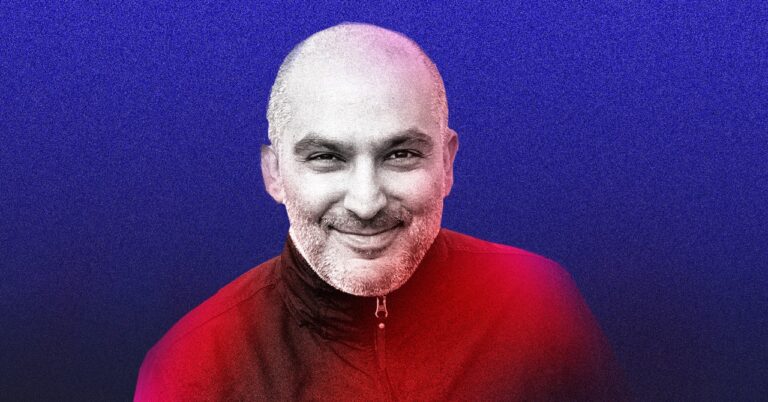
[ad_1]
As a designer, what safety considerations did you have to think about with the Neuralink device?
The primary safety considerations weren’t so much on the device but on the robot. We had a small role to play, which was to psychologically transform their first-generation robot, which was exposed steel—you could argue it looked pretty ominous—to something that was a little bit more approachable and ready for clinical trials.
We worked with Neuralink’s engineering team to try and design facias—covers or cladding—for the outside of the robot, to start to give it a bit more of a visual language that was simple, approachable, and something that you can imagine people not being intimidated by. In that process, we were starting to introduce a lot more elements of design, and the safety concern wasn’t so much for the patients, it was for the operators.
We thought about things like pinch points. You don’t want people crushing their hands while they’re operating the system. That’s Robotics 101. It’s what every designer who’s designing robots has to think about. These machines are pretty powerful, and when they want to go to a specific location, they’ll go there, and if your finger gets in between where it is and where it’s going, it’s going to be pretty dangerous.
How did the design of the robot evolve over time?
The robot design was a very collaborative process. It’s obviously a super-complicated robot, and so our design team came in to work closely with their mechanical engineers to understand the surgical process.
We started with the part of the robot that has the needle and is doing the actual insertion of the neural threads [which record brain activity], because it’s the most sensitive constraint, and we kind of worked backwards from there. We spent a period of time with them designing the part of the robot that interfaces with your head. We had to understand all the ways that you’d have to assemble it to cover up the existing system underneath it.
We then moved on to the rest of the robotic body, and we were able to develop the body in parallel with their internal electromechanical design team. We were able to order the units to be fabricated, and then we worked with them to assemble it. From there, they’ve taken it and done further internal testing.
What interests you about designing neurotech devices?
I’m always inspired by the people doing work in this space in terms of founders, scientists, technologists, neuroscientists, and personally it’s just really cool that the feat of this technology is unlocking big philosophical questions about how the brain works and what it means to be human. I think that’s super cool.
You’ve worked with other brain device companies. Are there particular use cases for neurotech that really excite you?
The field is focusing on the most vulnerable right now, which is inspiring. The immediate attention is on how to help people who need help the most, such as those who are paralyzed, and the problems that are being solved are very direct. I think seeing more work being done on these problems with AI, having the AI solve those very practical problems, is what I’m the most excited about right now.
[ad_2]